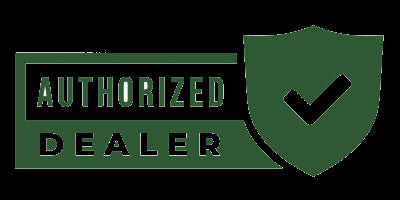This article will discuss the different things you need to consider and do for greenhouse pest control.

Pest are one of the problems in gardening inside the greenhouse. It is very essential to control pest inside the greenhouse to maintain the health and productivity of the plants. Here are some effective ways and methods for greenhouse pest control:
- Identifying and monitoring pest: Regular inspection of plants is very important. Don’t forget to check the plants and the soil if there are any pest activity. One must check if there are signs of pest infestation such as chewed leaves, discolored spots, or sticky residue. Proper identification is crucial for choosing the right control methods.

- Sticky traps: There are different methods that you can use to control pest or even prevent them. Using sticky traps is one easy way to do. Hanging of sticky traps around the greenhouse can help capture common greenhouse pests like flies, fungus gnats and thrips. These traps use adhesive surfaces that attract pests and trap them. This method is very helpful in capturing insects or pest inside the greenhouse.

- Use physical barriers: The use of physical barriers is one way for pest management in greenhouse. Use fly screens or netting on windows, vents and doors to prevent pests from entering the greenhouse. This method is effective against larger pests like birds, rodents, and larger insects by keeping them outside the greenhouse and will also minimize the risk of damage. Even though physical barriers are effective for larger pest it may not be as effective for small pest, regular inspection is still necessary.

- Cultural practices: Implementing good cultural practices will help in discouraging pest. These practices are proper sanitation, removing plant debris because pest use this as their breeding grounds and most especially is by maintaining a clean greenhouse environment for a pest proof greenhouse. Avoid overwatering plants because aside from it is not healthy for the plants it also creates excess moisture which makes a favorable environment for pests and diseases.

- Insecticidal soaps and oils: The use of insecticidal soaps or horticultural oils are effective way or tools in controlling self-bodied insects like aphids, mealybugs and mites. These products work by suffocating or disrupting the pests' cellular membranes. The use of these tools is generally considered as safe and environmental friendly, but taking precautionary measures is still necessary. Follow the instructions on the product label for safe and effective use.

- Integrated Pest Management (IPM): IPM or Integrated Pest Management approach is an effective and sustainable approach that combines various strategies to manage pests while minimizing the use of chemical pesticides. These approach focuses on prevention, monitoring, and using a combination of different methods to sustain and control pest inside the greenhouse.
- Selective pesticide application: If the prior methods mentioned above didn’t work or fail to control pests, selective pesticide application as a last resort maybe necessary. However, when choosing pesticides always prioritize low-toxicity and environmentally friendly options. Follow the instructions and safety precautions on the pesticide label carefully.

Remember, it's essential to read and follow all product labels and safety guidelines when using any pest control method. If you're uncertain or dealing with a severe pest infestation, consider consulting with a professional pest control service or an agricultural extension office for guidance tailored to your specific greenhouse and crops.







